Hello!
As I mentioned last week, my roots are in the Midwest US - but I’ve now lived abroad for the last 20 years (five years in Wellington, New Zealand and the last 15 years in London, UK).
New Zealand is not the place Americans pop over to for a few days, but London can be — which means I get more visitors here than I did in Wellington.
And when people come, they often ask what they can bring me from the US.
Usually I ask for Crest toothpaste1, or maybe a book that isn’t yet available in British bookstores.
But when my mom said she’d be coming for a visit in late October, I knew exactly what to ask her to bring…
Candy Corn!
Those two words will have some people thinking, “Ugh! Disgusting!” – and others wondering, “What?”
To me, candy corn is a Halloween staple (but please don’t pour it directly into a trick-or-treaters plastic pumpkin when they stop by your house).2
But who came up with the idea for this sugary treat?
I was curious…
Let’s start at the beginning, as many people may not have experienced this Halloween treat.
Candy corn is basically a dentist’s nightmare.
It’s a very sweet, triangle-shaped candy that is divided into three sections.
These sections are marked by three colors – traditionally yellow, orange and white.
When I was growing up, candy corn was something you associated with Halloween (or autumn) and was only on the shelves at Target for a few months.
And in addition to candy corns, Brach’s made candy pumpkins that shared the same taste as the candy corn.
I had no idea where candy corn came from, but, as I learned while researching this piece, there’s been a great deal of innovation (or shameless attempts to make money) with candy corn over the years.
But the origins of candy corn go back to the 1880s.
That’s when George Renninger, a candymaker at the Wunderle Candy Company of Philadelphia, first introduced his new sugary product – “Butter Cream.”
Prior to this, the popular candies were made of marzipan – which could be molded into shapes.
Renninger’s Butter Cream could also be molded into shapes, like chestnuts, turnips, and clovers.
But it had an advantage over marzipan — It was cheaper to produce.
Even though the candy was called “Butter Cream,” that’s a bit misleading, as the recipe doesn’t include butter.
Instead, it was made by first cooking sugar, water, and corn syrup; then adding fondant (more sugar!), and marshmallow (even more sugar!) to make it softer.
The ingredients were melted into a liquid candy, called “slurry”, then colored and run through a cornstarch molding process.
And the recipe wasn’t the only thing that made George Renninger’s candy different.
Instead of using a single color, he used three different colors, which made his candy stand out.
The colors had to be layered by hand, making it more labor-intensive to produce than other candies, but also something unique on the market.
In 1898, the Goelitz Candy Company (now the Jelly Belly Candy Company) saw opportunity with Renninger’s creation – and purchased the recipe and began mass-producing his candy.
One type of Renninger’s Butter Cream was originally called “Chicken Corn,” and Goelitz would market it as “Butter Sweet Corn” as well as “Chicken Feed.”
And here’s something I learned about corn3…
Though corn is something most people in the US eat today, it was rare before World War I.
“Corn was coarse and cheap and not very tasty: good food for pigs and chickens,” wrote Samira Kawash in The Atlantic in 2010.
“It wasn’t until wartime wheat shortages in 1917 that any but the poorest Americans would have considered corn flour, corn meal, or corn bread acceptable foodstuffs.”
At some point, Goelitz rebranded “Chicken Feed” as “Candy Corn” but their ads still showed candy corn with a rooster and the tagline, ‘Something worth crowing for.’
And even though few American families were eating corn, the candy variety of corn was a hit.
Candy corn was often sold as “penny candy” – the kind children could buy for one cent, or a bag full for a few pennies or a nickel4.
It wasn’t something special for Halloween – it was enjoyed year round – and particularly at Christmas.
By the 1950s, candy corn advertising in October increased, and suddenly the three colored triangles were seen as a Halloween treat.
“As Halloween became more and more dominated by candy beginning in the 1950s, candy corn increasingly became the candy for Halloween,” Kawash said.
And these days, candy corn is not a treat reserved for Halloween or the autumn months.
Now you can find variations of candy corn year-round, like red, white and green “reindeer corn” at Christmas time, or pastel colors for Easter.
I’m all for culinary adventures, but did the world need candy corns in tropical flavors, or caramel apple or …turkey dinner!?
The turkey dinner candy corn may no longer be on the shelves5 — but the candy corn market is still going strong.
In 2023, the Jelly Belly Candy Company reported they produced 65 million kernels of candy corn.6
And Brach’s, whose candy corn I grew up eating, claims to be the No. 1 producer of candy corn.
In 2023, Fortune reported Brach’s produced about 30 million pounds of candy corn annually, making up 88 percent of the candy corn sold in the United States.
But despite the large quantities (and varieties) sold, candy corn is a divisive candy.
Some people HATE it.
It’s too sweet. It’s too waxy. It feels weird on your teeth.
I saw more than one article refer to it as the “Devil’s Earwax.”
Even the food critics can’t make up their mind.
In 2013, Bon Appétit put candy corn on their best Halloween candy list.
They also put it on their worst list.
But, while tastes have changed and other candies have come and gone, candy corn remains a Halloween staple.
In 2023, the New York Times asked if it was time to give candy corn the respect it deserves, and interviewed Wanda King, who has a collection of nearly 40 varieties of candy corn.
King’s collection includes flavors like chocolate, caramel, peppermint, cookies, Starburst, pumpkin pie, s’mores and three separate coffee flavors.
And even though my vote for best Halloween candy goes to Reese’s Peanut Butter Cups (or Fun Size Snickers), Candy Corn is still an essential part of Halloween.
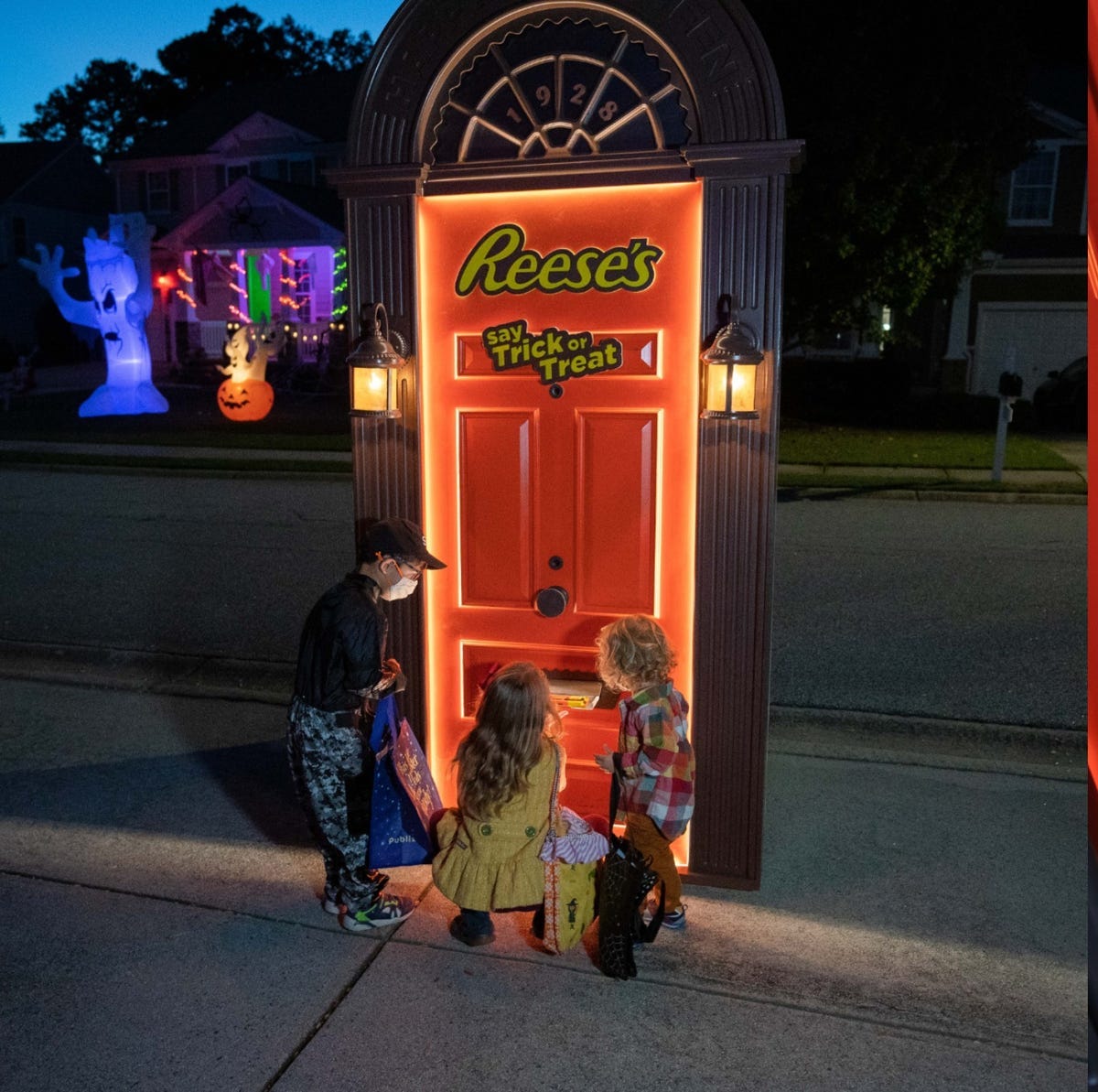
And like jelly beans and lollipops, the National Confectioners Association even recognized the importance of candy corn with its own special day.
So, if you’re a fan, grab some sweet treats on October 30th and celebrate National Candy Corn Day!
Just make sure to brush your teeth afterwards.
That reminds me…Mom, is it too late to bring me some Crest?
One more thing…
How do you eat yours?
Is there a right way to eat candy corn?
The National Confectioners Association asked how people ate their candy corn, and here’s what they found:
I’m with the 42.7% who eat the top white part first.
*And in case you were wondering, the colors on candy corn may be different, but the layers all taste the same.
Happy Halloween!
In case you missed it…
When I read about Paramount’s latest round of layoffs, I immediately thought of my favorite quote from Jurassic Park:
Find out why Paramount’s layoffs have me thinking about Jurassic Park in this article I wrote: Don’t Tell Me - Show Me.
How can I help?
I’ll keep saying it: Communication matters.
If you want to improve your communication (and get all the good things that come with that), I’m your gal.
So many companies could reap massive rewards – from performance and culture to retention and engagement – by improving their communication.
So, if you know someone who could benefit from some help (as even the most seasoned leaders do), please get in touch and check out my website for more information.
You can also see my Top 10 list of what I can (and can’t) do for you here.
And if you see any communication examples (the good, the bad, and the ugly) that you think are worth analyzing or sharing, please send them my way!
Stay Curious!
-Beth
It’s called loyalty. I’ve been brushing with Crest my whole life.
We all went trick-or-treating to some house that poured candy from a big bag directly into our plastic pumpkin. That’s gross. And it’s why the candy industry invented those fun size bags of candy.
I’m surprised I didn’t know this, as my home state of Indiana is famous for corn (as well as basketball).
A nickel is 5 cents.
Turkey dinner had a variety of kernels that tasted like green beans, roasted bird, cranberry sauce, stuffing, apple pie, and coffee. It debuted in 2020 (when we all needed something sweet?) but only lasted two years.
65 million kernels = how many pounds, Goelitz?





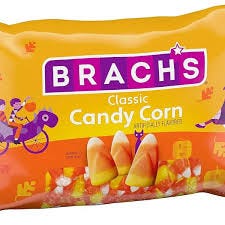
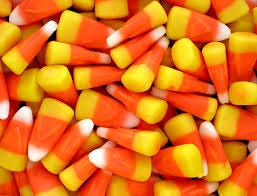
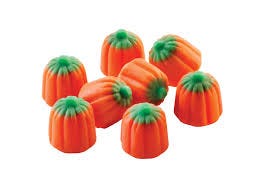

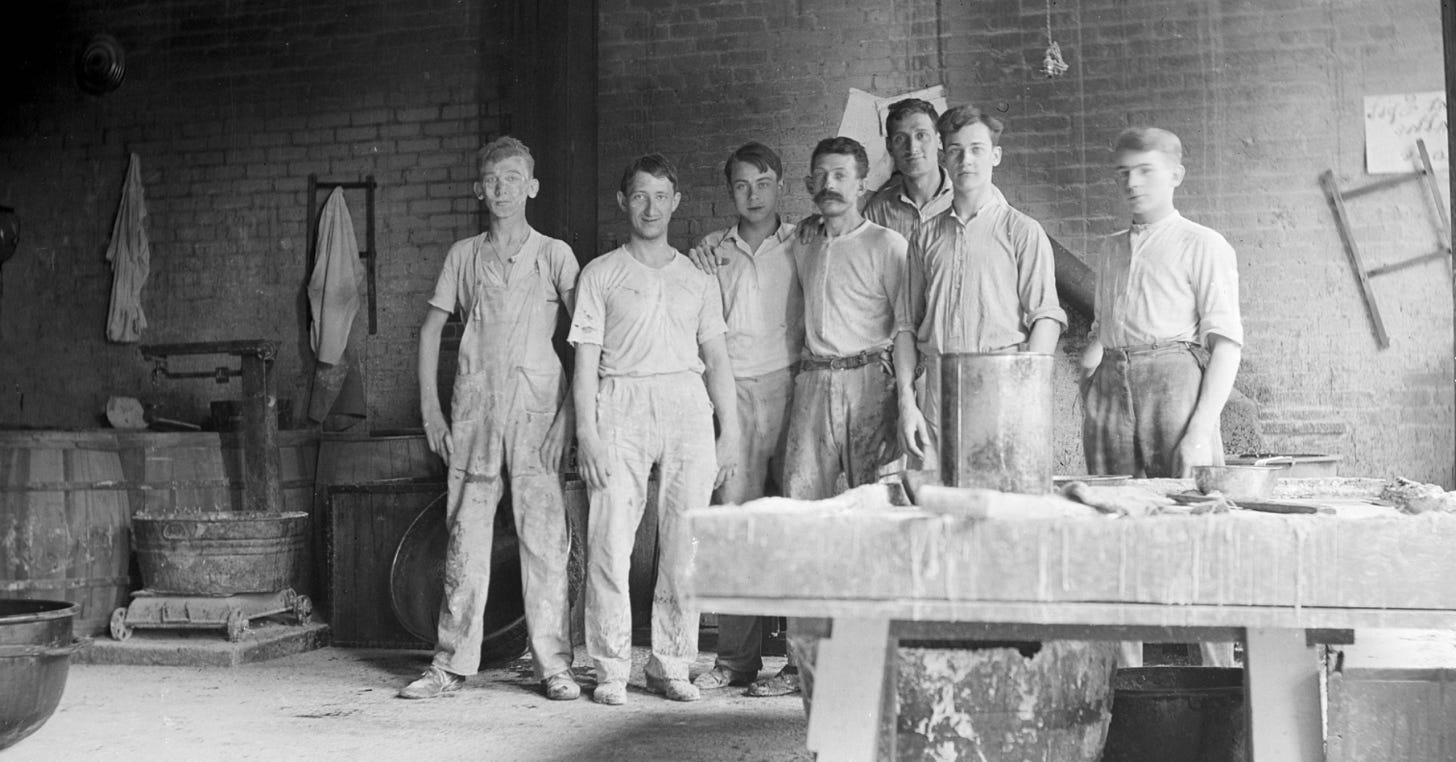




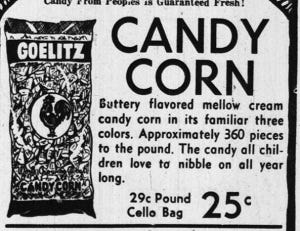
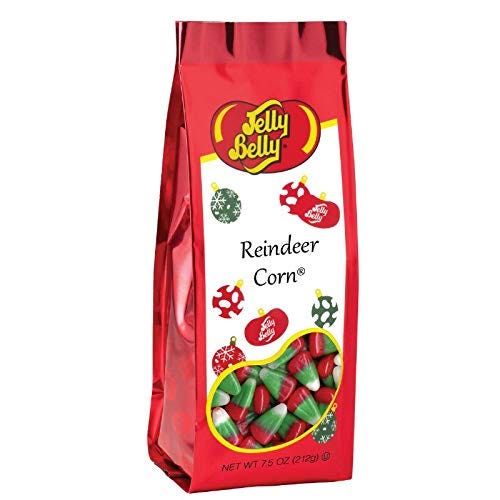
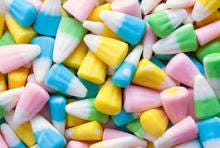
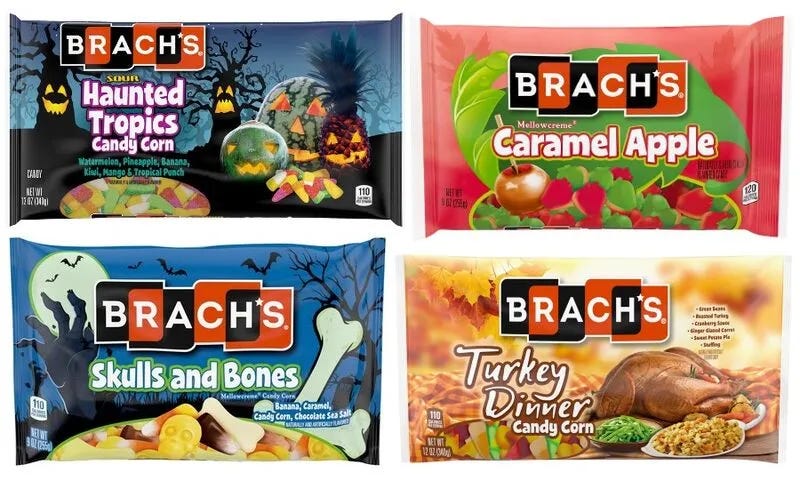
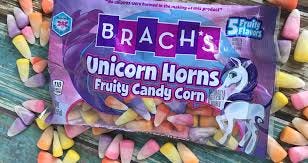


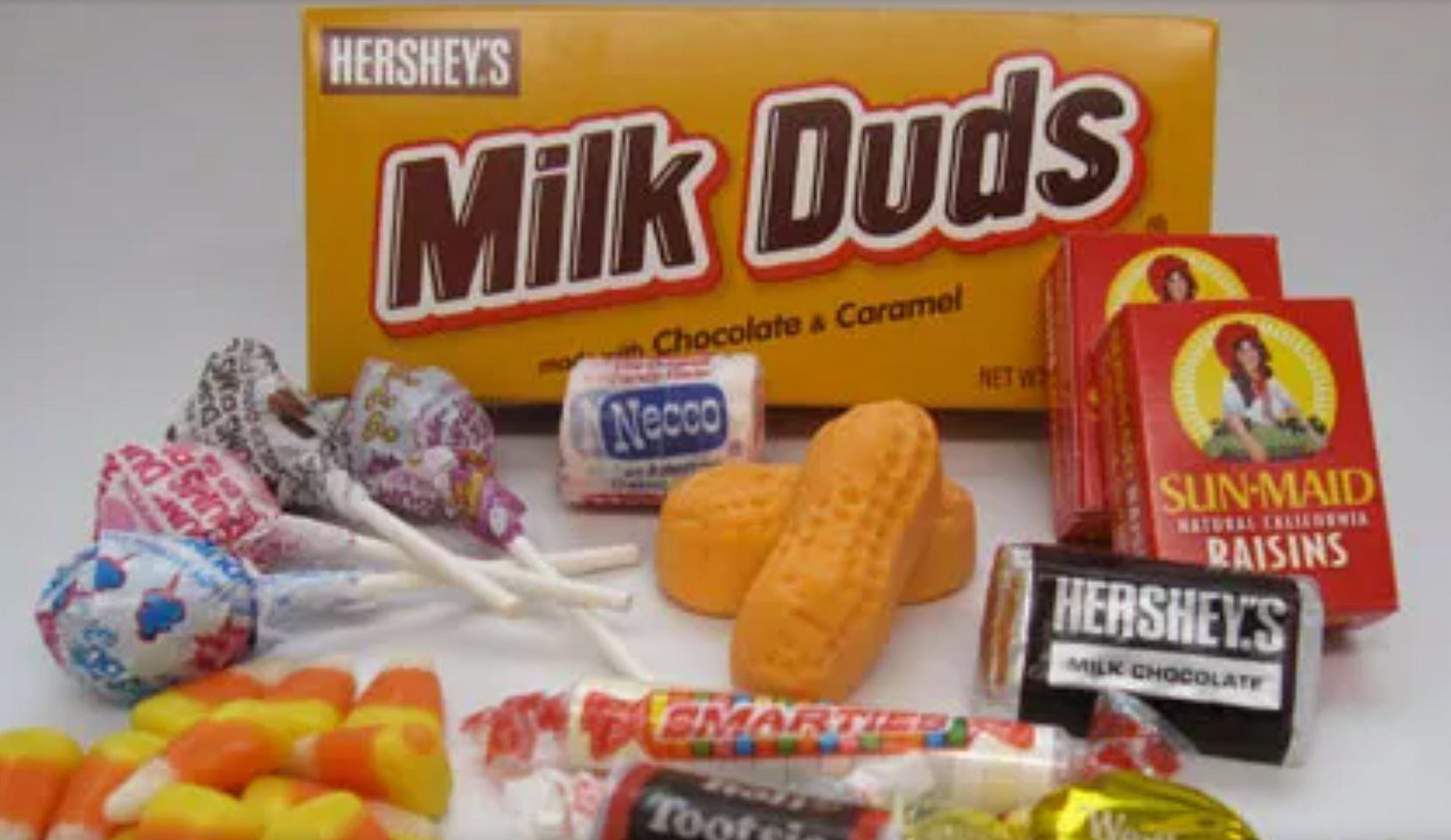
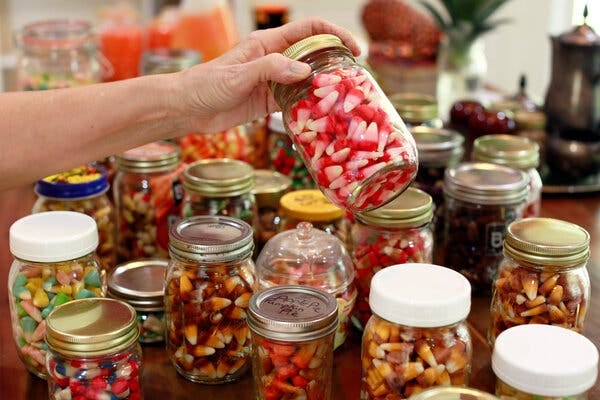
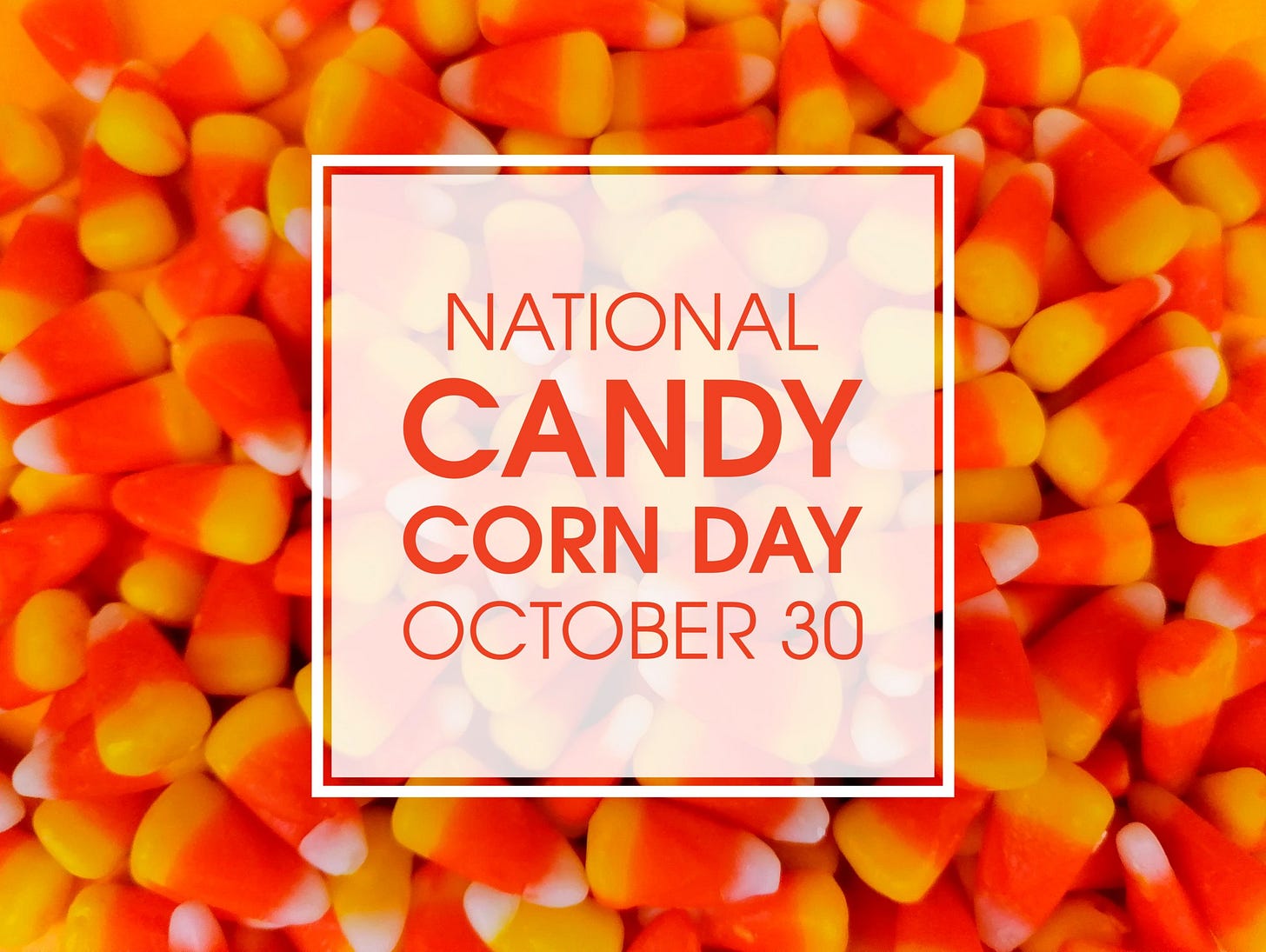

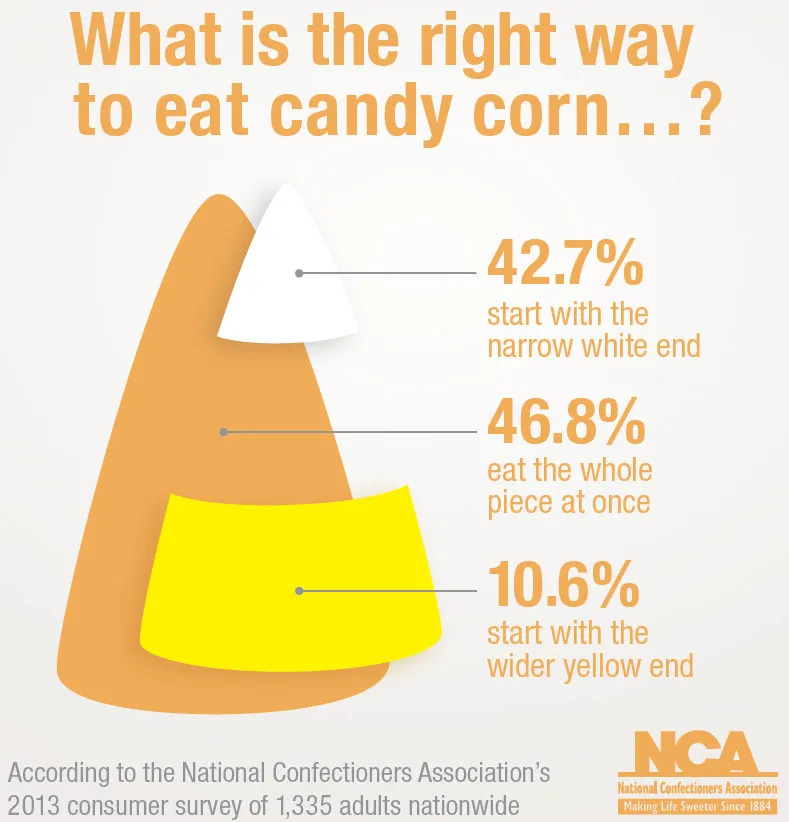

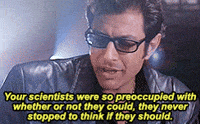

Turkey dinner candy corn? I’m out
Great info! Fun fact, Smarties are called Rockets in Canada because we have a different candy candy called Smarties. I loved those cute little pumpkins!